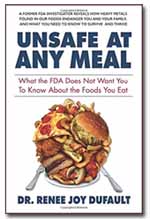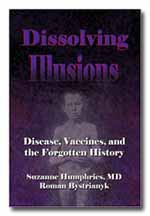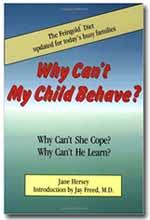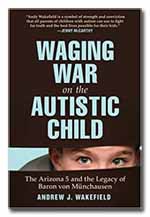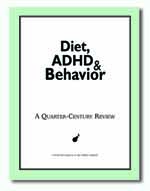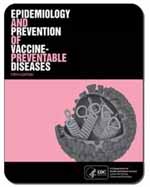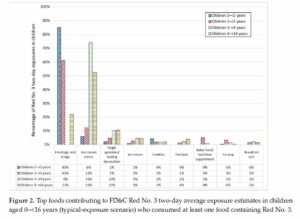 Bradman, Castorina, Thilakaratne, … Miller. International Journal of Environmental Research and Public Health. Aug 5;19(15):9661
Bradman, Castorina, Thilakaratne, … Miller. International Journal of Environmental Research and Public Health. Aug 5;19(15):9661
The authors estimated exposure of women of child-bearing age and children to artificial food dyes. Even though these were only one-day and two-day estimates, and was limited to only the red food dyes, they nevertheless found some possibly alarming results:
- There is widespread exposure to food dyes, including in very young children, under two years old.
- The intake of Red #3 and Red #40 by children under 16 was sometimes more than the ADI (acceptable daily intake).
- Women in families making less than 130% of the FPG (Federal Poverty Guideline) consumed 42% more food dye than those in families making more money.
- Women who had only a high school education (or less) ate more food dye than those with some college.
- Black children consumed 71% more food dyes compared to White children.
The authors mention that stores in more affluent neighborhoods contain healthier foods with less food dye, so the above conclusions may be related more to what is available rather than personal choice.
Note: This paper was funded by the California Office of Environmental Hazard Assessment (OEHHA) which has been considering the possibility of limiting or labeling products with food dyes since 2019.


